
November 20, 2005
(Doors – Waiting for the Sun)
I was having a conversation with John Green one day and he mentioned that he would really like to get some live video cameras up along the coastline of BC, Canada. He thinks that strategically placed cameras there will undoubtedly produce images of beach feeding Sasquatch.
I think he is right. The available food sources there are phenomenal and there is no one to see you collecting it. All signs of foraging washed away with the tides.

The logistics’ of putting something like this together seems far out of reach to many of us but there might be a few who could do it. This Blog is written for them.
On October 3rd this year I was watching HD TV nature programs when the Science of Sunrise Earth came on. The program’s imagery immediately captivated me and then it started hitting its stride.
If you haven’t watched Sunrise Earth, you might want to tune in sometime. Granted you have to have broadband high def to even get it but it is well worth it. The premise of the show is that with today’s hustle and bustle TV has been reflecting and cascading the effect on our very lives. They wanted to do something different where the viewer has to sit and observe. Unique huh!?… No mediation in what is being shown.
You see the animals in their own time, different then what we have all become accustomed to. But back to this particular program.
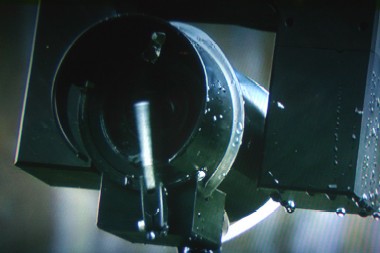
The Sunrise Earth crew apparently moved their operations to Alaska and there they teamed up with another like-minded group… SeeMore Wildlife Systems of Homer.
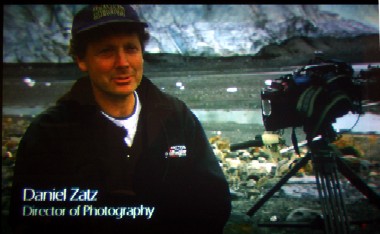
(Queens of the Stone Age – Someone’s In the Wolf)
Daniel Zatz explains that his company develops, builds, maintains and installs robotic camera systems for monitoring wildlife in the most inhospitable and remote of locations. These cameras are transmitting up to 100km away unobtrusively real time images of wildlife to the general public and researchers. They use a series of microwave radio transmitters and sometimes even satellite uplinks powered by solar or wind energy collectors. From there they can easily be connected to wired internet services and be piped into museums, schools or labs.
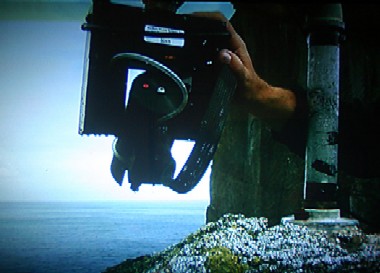
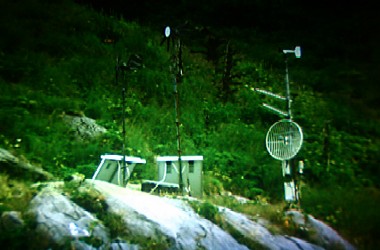
The cameras can be located up to 1000’ away from these transmission antennas. These cameras even have windshield wipers on them. They can pan and tilt, as well as zoom. Thermal imaging can be utilized as well. Just imagine seeing a large, hairy hominiod through a live feed on some beach front, digging for clams… maybe with a stick… while a young one frolicks on top of drift wood logs, making impossible leaps all around the adult.

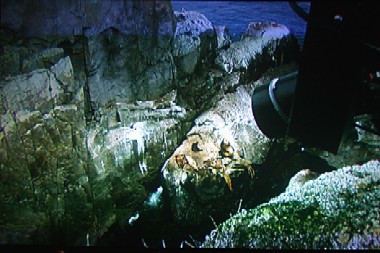
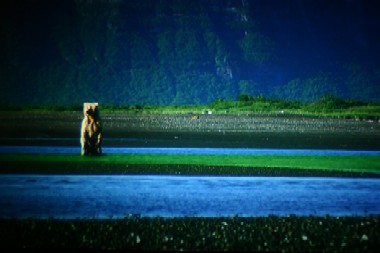
I know one person who has hoped that such systems become feasible, maybe he will take advantage of it. I know I would love to be involved with a long term project of monitoring the remotest of areas with live video feeds.
Kind of reminds me of a past project put on by the BFRO, the Bigfoot Field Research Organization. I think Thom Powell and Vaugh Hughes put that one together for less than $500… the Wireless Wilderness Project. This project had inadequate cameras feeding into a VCR at a home on the edge of a vast forested area, then interesting images were hand picked and uploaded to a secret web page open to the BFRO members. This system was triggered with a passive thermal sensor and only took still images in B&W infrared light.
The cheapest SeeMore system is about $10,000…
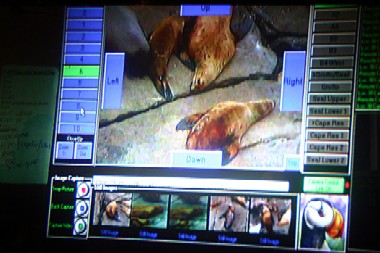
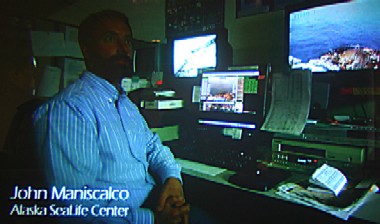
But at least it has lens wipers that can sweep away those pesky slugs…
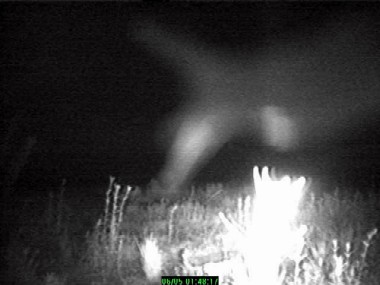
But I have to get back now to DJ No Name and the title he bestowed upon me…
About Rick Noll
Rick Noll has been actively searching for the Sasquatch since 1969 and continues his pursuit with extended field trips into the Pacific Northwest's most remote regions. Rick has worked with Peter Byrne, René Dahinden, Grover Krantz, John Green, Jeff Meldrum and the BFRO during all this. He helped with many documentaries on the subject including Animal X: The Skookum Expedition and Sasquatch: Legend Meets Science.
Filed under Bigfoot, Bigfoot Hunter, Cryptozoology, Sasquatch